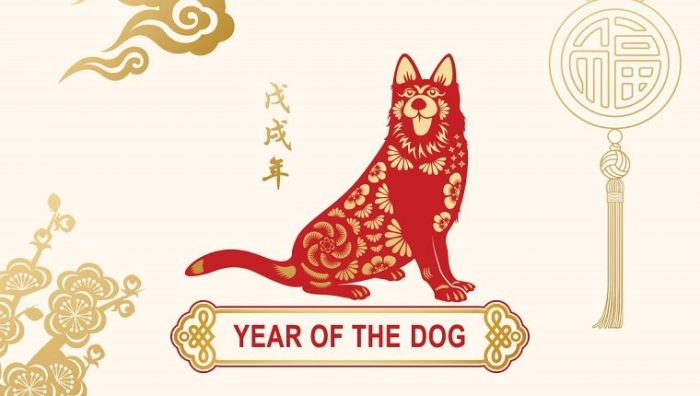Shin Nee-an Kwai Le!
Robert Wang | On 20, Feb 2018
Chinese New Year, also known as the Spring Festival in modern China, is an important Chinese festival celebrated at the turn of the traditional lunisolar Chinese calendar. Celebrations traditionally run from the evening preceding the first day, to the Lantern Festival on the 15th day of the first calendar month. The first day of the New Year falls on the new moon between 21 Jan and 20 Feb. In 2017, the first day of the Lunar New Year was on Saturday, 28 January, initiating the year of the Rooster. The upcoming year of the Dog commences on Friday, 16 February 2018.
The New Year festival is centuries old and gains significance because of several myths and customs. Traditionally, the festival was a time to honor deities as well as ancestors. Lunar New Year is celebrated in other Asian countries and territories, including Macau, Singapore, Indonesia, Malaysia, Korea, Thailand, Vietnam, Cambodia, Mauritius, Australia, and the Philippines. Lunar New Year is considered a major holiday for the Chinese and has had influence on the lunar new year celebrations of its geographic neighbours.
Within China, regional customs and traditions concerning the celebration of the Lunar New Year vary widely. Often, the evening preceding Lunar New Year’s Day is an occasion for Chinese families to gather for the annual reunion dinner. It is also traditional for every family to thoroughly clean the house, in order to sweep away any ill-fortune and to make way for incoming good luck. Windows and doors are decorated with red color paper-cuts and couplets with popular themes of “good fortune” or “happiness”, “wealth”, and “longevity”. Other activities include lighting firecrackers and giving money in red paper envelopes. In about one third of the Mainland population, or 500 million Northerners, dumplings (especially those of vegetarian fillings) feature prominently in the meals celebrating the festival.
It is one of the world’s most prominent and celebrated festivals, with the “largest annual mass human migration in the world.”


Submit a Comment